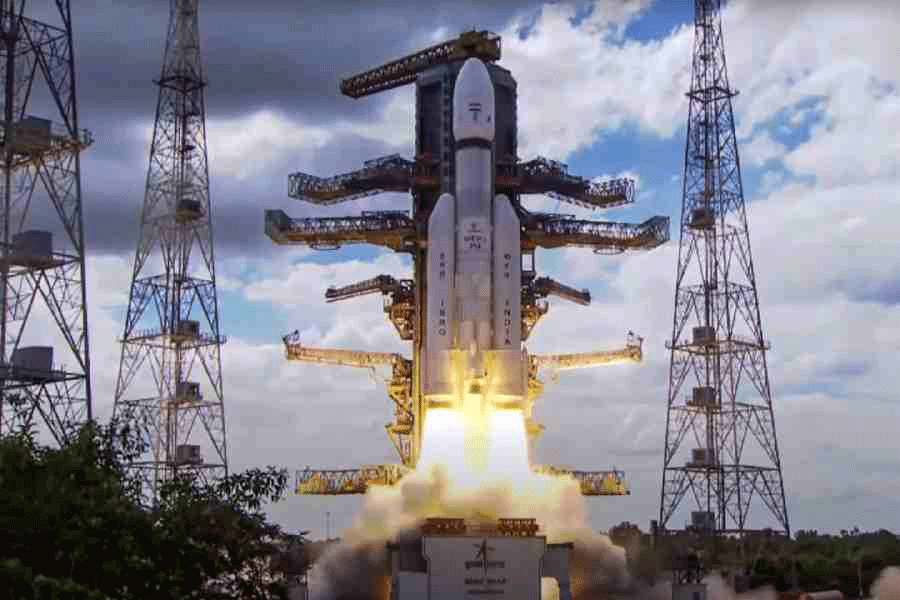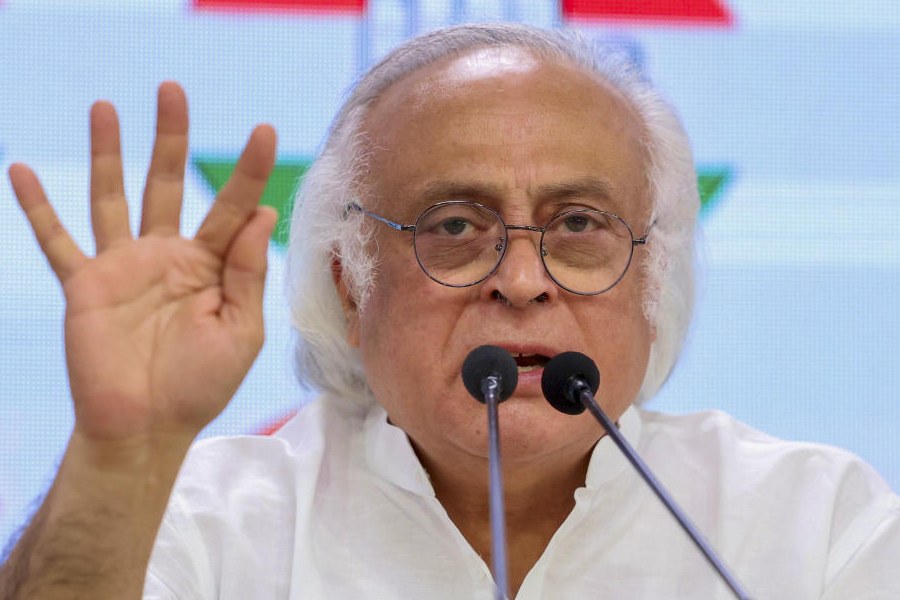The Chandrayaan-2 mission, launched in 2019, has made the first-ever observation of the effects of the Sun's Coronal Mass Ejection (CME) on the Moon using its onboard scientific instruments, ISRO said on Saturday.
This observation would help understand the lunar exosphere, very thin atmosphere of the Moon, and the impact of space weather on its surface, the Bengaluru-headquartered space agency said.
Launched on July 22, 2019, from Sriharikota using the GSLV-MkIII-M1 rocket, Chandrayaan-2 carried eight experiment payloads. On August 20, 2019, Chandrayaan-2 was successfully inserted into the elliptical orbit around the Moon.
Although communication with the Vikram lander was lost during its September 7 landing attempt, the Orbiter remains fully operational and continues to function in a 100 km x 100 km orbit around the Moon.
According to an ISRO release, one of the payloads (on-board Chandrayan-2), Chandra's Atmospheric Compositional Explorer 2 (CHACE 2) has recorded the effects of the Coronal Mass ejections from the Sun on the lunar exosphere.
The primary objective of the CHACE-2 payload is to study the composition and distribution of the lunar neutral exosphere and its variability.
Coronal Mass Ejections occur when the Sun ejects significant quantities of its building material, comprising mostly Helium and Hydrogen ions.
These effects are significant on the Moon, as Moon is an airless body that too deprived of any global magnetic field, the presence of which would have shielded the solar effects on its surface.
"Observations from CHACE-2 showed an increase in the total pressure of the dayside lunar exosphere (very thin atmosphere) when the Coronal Mass Ejection (of the Sun) impacted the Moon. The total number density (number of neutral atoms or molecules present in an environment per unit volume) derived from these observations showed an increase by more than an order of magnitude," the release said.
"This increase in consistent with earlier theoretical models, which predicted such an effect, but CHACE-2 onboard Chandrayaan-2 has observed such an effect for the first time." ISRO further said the rare opportunity to directly observe the effects of a Coronal Mass Ejection (CME) impacting the Moon occurred on May 10, 2024, when a series of CMEs were hurled from the Sun toward the lunar surface.
This increased quantity of the solar coronal mass that impacted on the Moon enhanced the process of knocking off the atoms from the lunar surface, thereby liberating them to the lunar exosphere, which manifested as the enhancement of the total pressure in the sun lit lunar exosphere.
Apart from pushing the edge of scientific understanding about the Moon and the lunar space weather, this observation also indicates the challenges of building scientific bases on the Moon.
Lunar base architects need to account for such extreme events, which would temporarily alter the lunar environment, before the effects subside, the release added.
Except for the headline, this story has not been edited by The Telegraph Online staff and has been published from a syndicated feed.











